1. Carretero OA, Oparil S. Essential hypertension. Part I: definition and etiology. Circulation. 2000; 101(3):329–335. PMID:
10645931.
2. Fisher DL, Williams GH. Hypertensive vascular disease. Harrisons principles of internal medicine. 16th Edition. 2005. (2):p. 1463–1480. Chapter 230.
3. Lüscher TF, Aarhus LL, Vanhoutte PM. Indomethacin improves the impaired endothelium-dependent relaxations in small mesenteric arteries of the spontaneously hypertensive rat. Am J Hypertens. 1990; 3(1):55–58. PMID:
2302329.

4. Taddei S, Virdis A, Ghiadoni L, Sudano I, Salvetti A. Endothelial dysfunction in hypertension. J Cardiovasc Pharmacol. 2001; 38(Suppl 2):S11–S14. PMID:
11811368.

5. Taddei S, Ghiadoni L, Virdis A, Versari D, Salvetti A. Mechanisms of endothelial dysfunction: clinical significance and preventive non-pharmacological therapeutic strategies. Curr Pharm Des. 2003; 9(29):2385–2402. PMID:
14529554.

6. Mihailovic-Stanojevic N, Belšèak-Cvitanoviæ A, Grujiæ-Milanoviæ J, Ivanov M, Jovoviæ Dj, Bugarski D, Miloradoviæ Z. Antioxidant and antihypertensive activity of extract from
Thymus serpyllum L. in experimental hypertension. Plant Foods Hum Nutr. 2013; 68(3):235–240. PMID:
23828496.
7. Zhang JX, Yang JR, Chen GX, Tang LJ, Li WX, Yang H, Kong X. Sesamin ameliorates arterial dysfunction in spontaneously hypertensive rats via downregulation of NADPH oxidase subunits and upregulation of eNOS expression. Acta Pharmacol Sin. 2013; 34(7):912–920. PMID:
23624755.

8. Zhou F, Xue Z, Wang J. Antihypertensive effects of silk fibroin hydrolysate by alcalase and purification of an ACE inhibitory dipeptide. J Agric Food Chem. 2010; 58(11):6735–6740. PMID:
20481470.

9. Yuan W, Wang J, Zhou F. In vivo hypotensive and physiological effects of a silk fibroin hydrolysate on spontaneously hypertensive rats. Biosci Biotechnol Biochem. 2012; 76(10):1987–1989. PMID:
23047112.
10. Hashimoto R, Umemoto S, Guo F, Umeji K, Itoh S, Kishi H, Kobayashi S, Matsuzaki M. Nifedipine activates PPARgamma and exerts antioxidative action through Cu/ZnSOD independent of blood-pressure lowering in SHRSP. J Atheroscler Thromb. 2010; 17(8):785–795. PMID:
20460829.
11. Choi SI, Kim JE, Hwang IS, Lee HR, Lee YJ, Kwak MH, Son HJ, Lee HS, Lee JS, Kang BC, Hwang DY. Toxicity of red
Liriope platyphylla manufactured by steaming process on liver and kidney organs of ICR mice. Lab Anim Res. 2012; 28(4):229–238. PMID:
23326283.
12. Lee HR, Kim JE, Lee YJ, Kwak MH, Im DS, Hwang DY. Red
Liriope platyphylla stimulated the insulin secretion through the regulation of calcium concentration in rat insulinoma cells and animal models. Lab Anim Res. 2013; 29(2):84–95. PMID:
23825481.
13. Lee HR, Kim JE, Goo JS, Choi SI, Hwang IS, Lee YJ, Son HJ, Lee HS, Lee JS, Hwang DY. Red
Liriope platyphylla contains a large amount of polyphenolic compounds which stimulate insulin secretion and suppress fatty liver formation through the regulation of fatty acid oxidation in OLETF rats. Int J Mol Med. 2012; 30(4):905–913. PMID:
22842959.
14. Choi SI, Goo JS, Kim JE, Nam SH, Hwang IS, Lee HR, Lee YJ, Son HJ, Lee HS, Lee JS, Kim HJ, Hwang DY. Differential effects of the steaming time and frequency for manufactured red
Liriope platyphylla on nerve growth factor secretion ability, nerve growth factor receptor signaling pathway and regulation of calcium concentration. Mol Med Rep. 2012; 6(5):1160–1170. PMID:
22895564.
15. Choi SI, Goo JS, Kim JE, Hwang IS, Lee HR, Lee YJ, Son HJ, Lee HS, Lee JS, Hwang DY. Effects of Red
Liriope platyphylla on NGF secretion ability, NGF receptor signaling pathway and γ-secretase components in NSE/hAPPsw transgenic mice expressing Alzheimer's Disease. Lab Anim Res. 2012; 28(3):155–163. PMID:
23091515.
16. Kwak MH, Kim JE, Hwang IS, Lee YJ, An BS, Hong JT, Lee SH, Hwang DY. Quantitative evaluation of therapeutic effect of
Liriope platyphylla on phthalic anhydride-induced atopic dermatitis in IL-4/Luc/CNS-1 Tg mice. J Ethnopharmacol. 2013; 148(3):880–889. PMID:
23726789.
17. Singleton VL, Rossi JA. Colorimetry of total phenolics with phosphomolybdic-phosphotungstic acid reagents. Am J Enol Vitic. 1965; 16(3):144–158.
18. Zhishen J, Mengcheng T, Jianming W. The determination of flavonoid contents in mulberry and their scavenging effects on superoxide radicals. Food Chem. 1999; 64:555–559.

19. Oh H, Ko EK, Kim DH, Jang KK, Park SE, Lee HS, Kim YC. Secoiridoid glucosides with free radical scavenging activity from the leaves of
Syringa dilatata. Phytother Res. 2003; 17(4):417–419. PMID:
12722154.
20. Oh KS, Han W, Wang MH, Lee BH. The effects of chronic treatment with
Morus bombycis KOIDZUMI in spontaneously hypertensive rats. Biol Pharm Bull. 2007; 30(7):1278–1283. PMID:
17603167.
21. Rao MS. Inhibition of the renin angiotensin aldosterone system: focus on aliskiren. J Assoc Physicians India. 2010; 58:102–108. PMID:
20653151.
22. Jang HD, Chang KS, Huang YS, Hsu CL, Lee SH, Su MS. Principal phenolic phytochemicals and antioxidant activities of three Chinese medicinal plants. Food Chem. 2007; 103(3):749–756.

23. Kassim NK, Rahmani M, Ismail A, Sukari MA, Ee GC, Nasir NM, Awang K. Antioxidant activity-guided separation of coumarins and lignan from
Melicope glabra (Rutaceae). Food Chem. 2013; 139(1-4):87–92. PMID:
23561082.
24. Zhao W, Yu J, Su Q, Liang J, Zhao L, Zhang Y, Sun W. Antihypertensive effects of extract from Picrasma quassiodes (D. Don) Benn. in spontaneously hypertensive rats. J Ethnopharmacol. 2013; 145(1):187–192. PMID:
23142488.

25. Zhao F, Gao Z, Jiao W, Chen L, Chen L, Yao X.
In vitro anti-inflammatory effects of beta-carboline alkaloids, isolated from Picrasma quassioides, through inhibition of the iNOS pathway. Planta Med. 2012; 78(18):1906–1911. PMID:
23115019.
26. Jiao WH, Gao H, Zhao F, He F, Zhou GX, Yao XS. A new neolignan and a new sesterterpenoid from the stems of Picrasma quassioides Bennet. Chem Biodivers. 2011; 8(6):1163–1169. PMID:
21674788.
27. Zhai H, Yang Y, Ma Y, Li X, Chen B, Xiang Y, Liu F, Yu Z, Guo J. Role of oxidized low-density lipoprotein in NF-κB signal pathway. Xi Bao Yu Fen Zi Mian Yi Xue Za Zhi. 2013; 29(12):1254–1257. PMID:
24321067.
28. Touyz RM, Schiffrin EL. Reactive oxygen species in vascular biology: implications in hypertension. Histochem Cell Biol. 2004; 122(4):339–352. PMID:
15338229.

29. Rizzoni D, Castellano M, Porteri E, Bettoni G, Muiesan ML, Agabiti-Rosei E. Vascular structural and functional alterations before and after the development of hypertension in SHR. Am J Hypertens. 1994; 7(2):193–200. PMID:
8179854.

30. Bhatt SR, Lokhandwala MF, Banday AA. Vascular oxidative stress upregulates angiotensin II type I receptors via mechanisms involving nuclear factor kappa B. Clin Exp Hypertens. 2014; 36(6):367–373. PMID:
25198883.

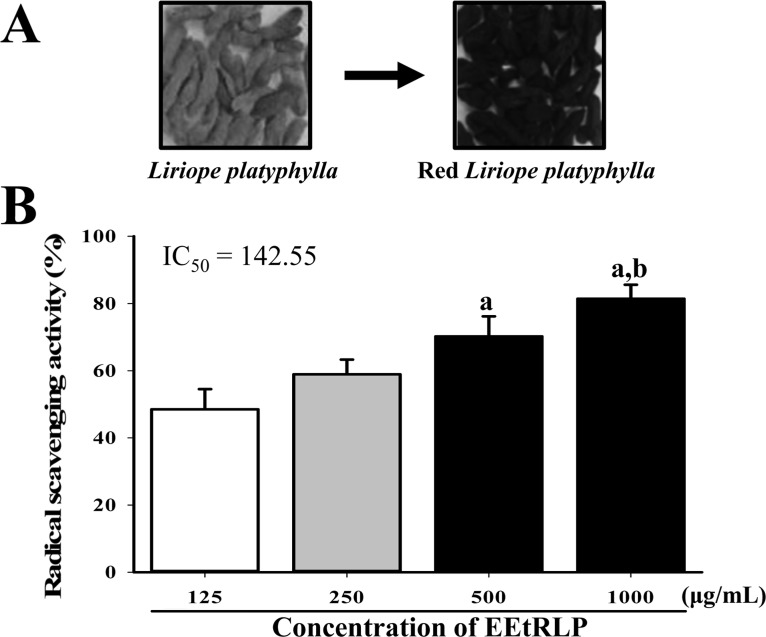
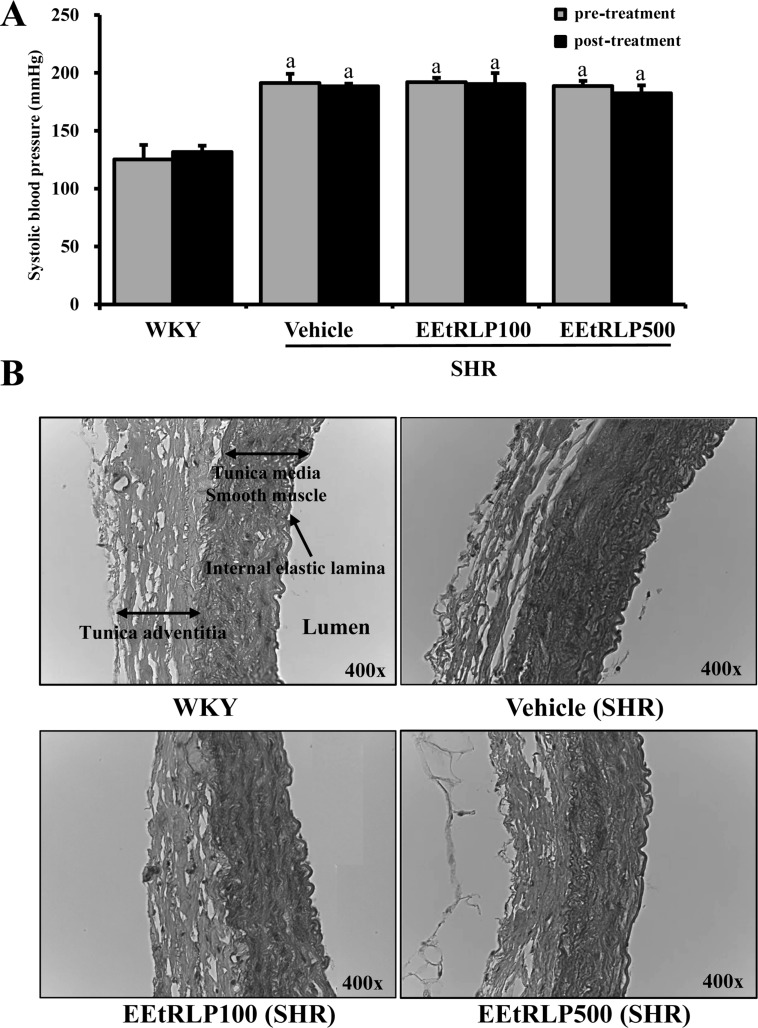
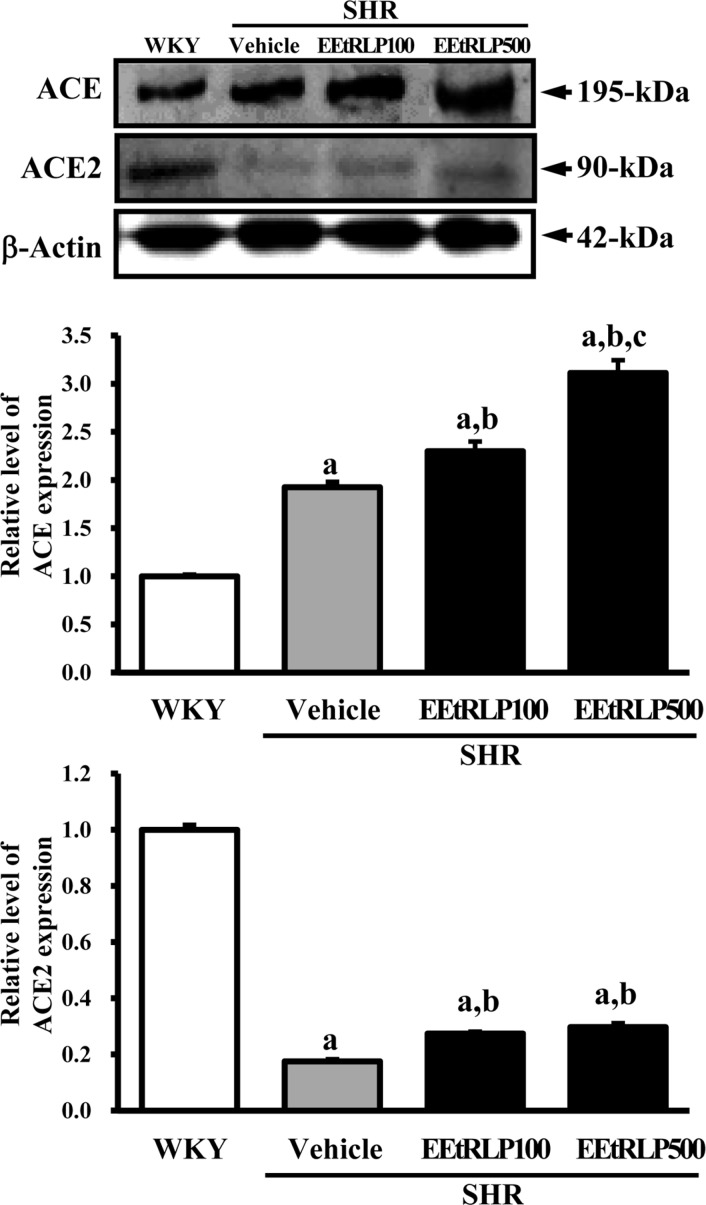
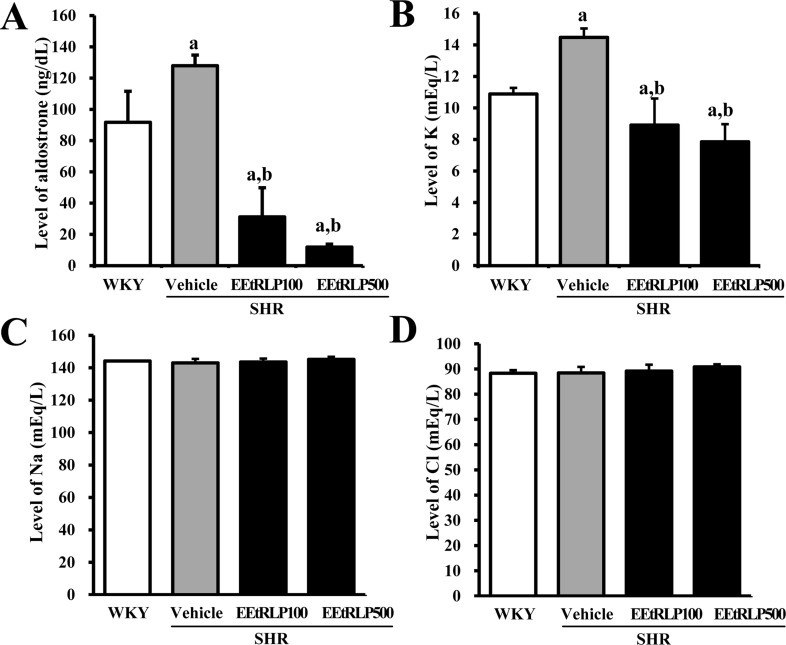
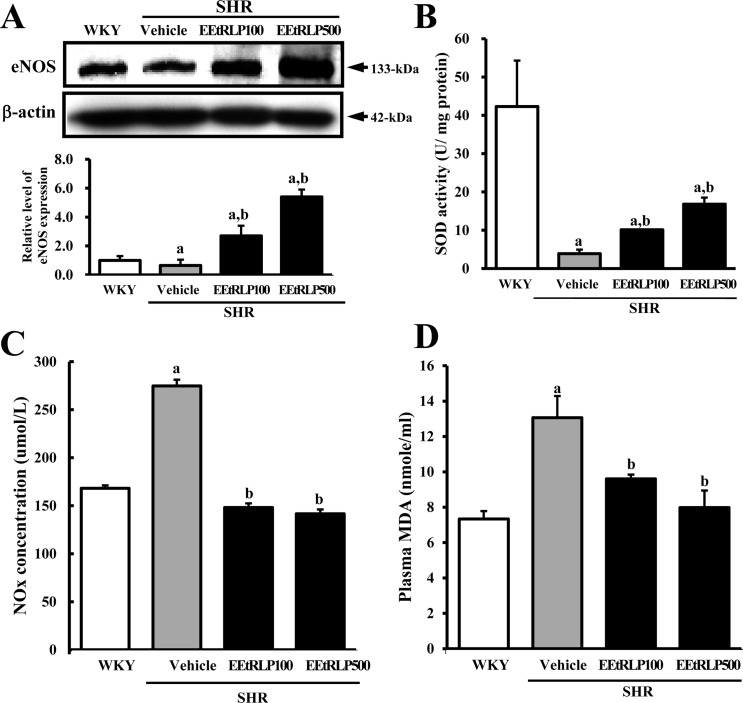




 PDF
PDF ePub
ePub Citation
Citation Print
Print



 XML Download
XML Download